Global Economic Indicators – Learn How the World Impacts Markets
When most people think about the stock market, they picture individual companies—profits, losses, and share prices moving up and down every day. But the truth is, no company operates in isolation. Every business, big or small, is influenced by the health of the overall economy.
This is where global economic indicators come into play. These indicators are like health reports for the economy. They provide investors with insights into whether markets are likely to face growth, stability, or challenges. By learning to track and interpret them, you gain an edge in understanding where opportunities and risks lie.
At YourPaathshaala, we believe that beginners should not feel overwhelmed by terms like GDP, inflation, or employment data. These are not just abstract numbers published in government reports—they are signals that guide investment decisions and shape financial markets.
In this article, we’ll break down the most important global economic indicators—GDP growth, inflation, and employment data—and show you how they directly influence stocks and investment strategies.
What Are Global Economic Indicators?
Global economic indicators are measurable statistics that provide information about the economic performance of countries and regions. Investors, governments, and businesses use these indicators to make informed decisions.
Think of them as traffic signals for markets:
A green light (strong economy) often encourages growth and investment.
A yellow light (uncertain conditions) signals caution.
A red light (weak economy) warns of risks and potential downturns.
By learning how to interpret these signals, you can better anticipate how markets might behave and make smarter investment choices.
GDP Growth Rates: The Big Picture
What Is GDP?
Gross Domestic Product (GDP) measures the total value of goods and services produced in a country within a specific time period. In simple terms, GDP is the size of the economy.
Why GDP Growth Matters
High GDP growth usually means businesses are thriving, consumers are spending, and markets are optimistic.
Low or negative GDP growth signals economic slowdown, reduced demand, and challenging times for businesses.
For example, when India reports GDP growth of 7%, it indicates strong economic expansion, which often translates into stock market optimism. On the other hand, if growth slows to 3%, investors may worry about declining profits and reduced investment opportunities.
How Investors Use GDP Data
Stock market outlook: Strong GDP growth supports bullish markets.
Sector performance: Growth boosts demand-heavy sectors like retail and banking. Slowdowns often benefit defensive sectors like healthcare or utilities.
Global impact: Major economies like the US, China, and India influence global markets. A slowdown in one can ripple across the world.
Inflation: The Silent Wealth Eroder
What Is Inflation?
Inflation measures how quickly the general level of prices is rising. It reflects the decrease in purchasing power of money over time.
Why Inflation Matters
Inflation affects everything from daily expenses to investment returns. Moderate inflation indicates healthy demand in the economy, but high inflation erodes wealth, increases costs, and pushes central banks to raise interest rates.
For example, if inflation in the US rises sharply, the Federal Reserve may increase interest rates to cool the economy. This often makes borrowing more expensive, slowing business investment and impacting global stock markets.
How Investors Use Inflation Data
Impact on stocks: High inflation can hurt growth stocks but sometimes benefits commodity-based sectors like energy and metals.
Interest rate expectations: Inflation data heavily influences central bank policies, which directly impact bond yields and equity markets.
Portfolio strategy: During high inflation, investors often turn to assets like gold, real estate, or inflation-protected bonds.
Employment Data: The Consumer Connection
What It Is
Employment data measures how many people are working and how many are unemployed. It reflects the strength of the labor market.
Why It Matters
Employment levels directly affect consumer spending, which drives most economies. More jobs mean more income, higher demand, and stronger business performance. Rising unemployment usually signals weaker demand and stress on companies.
For example, in the United States, the monthly jobs report is one of the most closely watched economic releases. A strong jobs report often boosts investor confidence, while a weak report may trigger market volatility.
How Investors Use Employment Data
Consumer-driven sectors: Retail, travel, and entertainment thrive when more people are employed.
Government policy: High unemployment may lead to stimulus measures, while low unemployment may prompt interest rate hikes to control inflation.
Market sentiment: Employment trends often set the tone for short-term market movements.
How Global Economic Indicators Work Together
While GDP, inflation, and employment are important individually, they are most powerful when viewed together.
For example:
High GDP + Low Inflation + Strong Employment = healthy economy, positive outlook for stocks.
Low GDP + High Inflation + Weak Employment = stagflation, one of the toughest environments for investors.
Moderate GDP + Controlled Inflation + Stable Employment = balanced conditions, ideal for long-term investing.
Investors who track these patterns are better equipped to anticipate how central banks, governments, and markets will react.
Common Mistakes Beginners Make
Many beginners struggle with interpreting global economic indicators because they either oversimplify or overcomplicate them. Some common mistakes include:
- Looking at one indicator in isolation – GDP growth may look great, but if inflation is skyrocketing, the outlook changes completely.
- Reacting to short-term data – Economic indicators often fluctuate. A single weak jobs report doesn’t always mean a recession is coming.
- Ignoring global linkages – In today’s interconnected world, a slowdown in China or Europe can affect Indian or US markets almost instantly.
Why Learning Global Economic Indicators Builds Confidence
When you understand global economic indicators, you gain the ability to look beyond headlines. Instead of reacting emotionally to market swings, you learn to connect the dots between economic health and stock performance.
At YourPaathshaala, we teach beginners to ask:
What does this indicator mean for consumer spending?
How will central banks respond to inflation or unemployment?
Which sectors are likely to benefit or struggle in this environment?
By asking these questions, you build a foundation for smarter investing and avoid being swayed by temporary noise.
Conclusion: Mastering the Language of the Economy
Global economic indicators are not just statistics published in reports—they are the language of the economy. By learning to interpret GDP growth, inflation, and employment data, you gain insight into how the world impacts markets and how to position your investments wisely.
A strong economy generally means good news for stocks, while a weak economy presents challenges. But the real power lies in learning how to combine multiple indicators to form a complete picture.
At YourPaathshaala, we simplify this process for beginners. Through our guidance and demo classes, you’ll learn how to read these signals step by step, build confidence, and make investment decisions based on knowledge rather than guesswork.
The next time you see a headline about GDP growth, inflation, or employment, remember—it’s more than just news. It’s a clue about where markets may be headed, and with the right understanding, it can be your guide to smarter investing.
Visit YourPaathshaala
Near Anjali Children Hospital, Tagore Nagar, Mathpurena, Raipur
PIN Code: 492001, Chhattisgarh Click the Call Now to start learning how financial systems really work! To check out the full article click here!

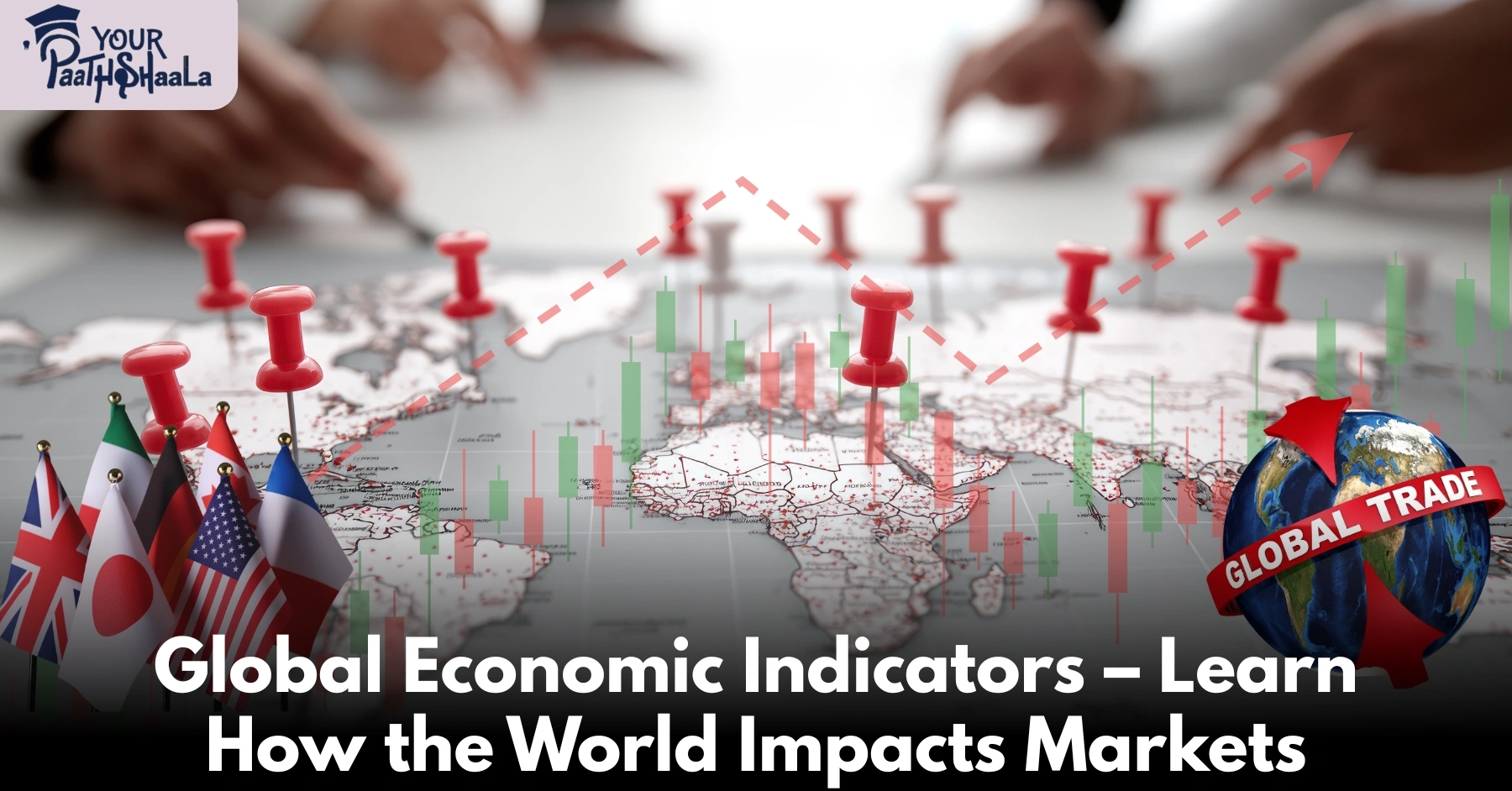

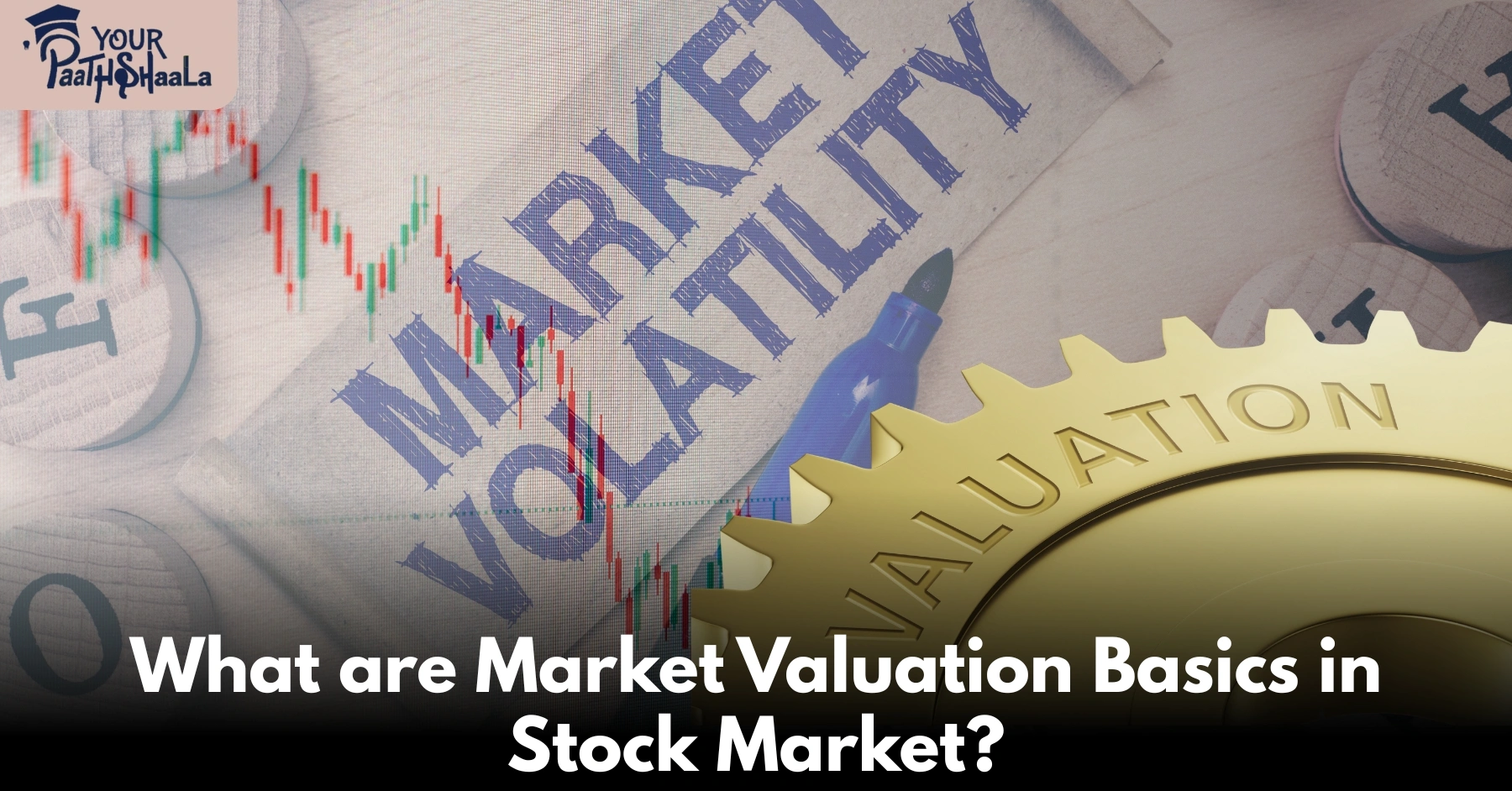
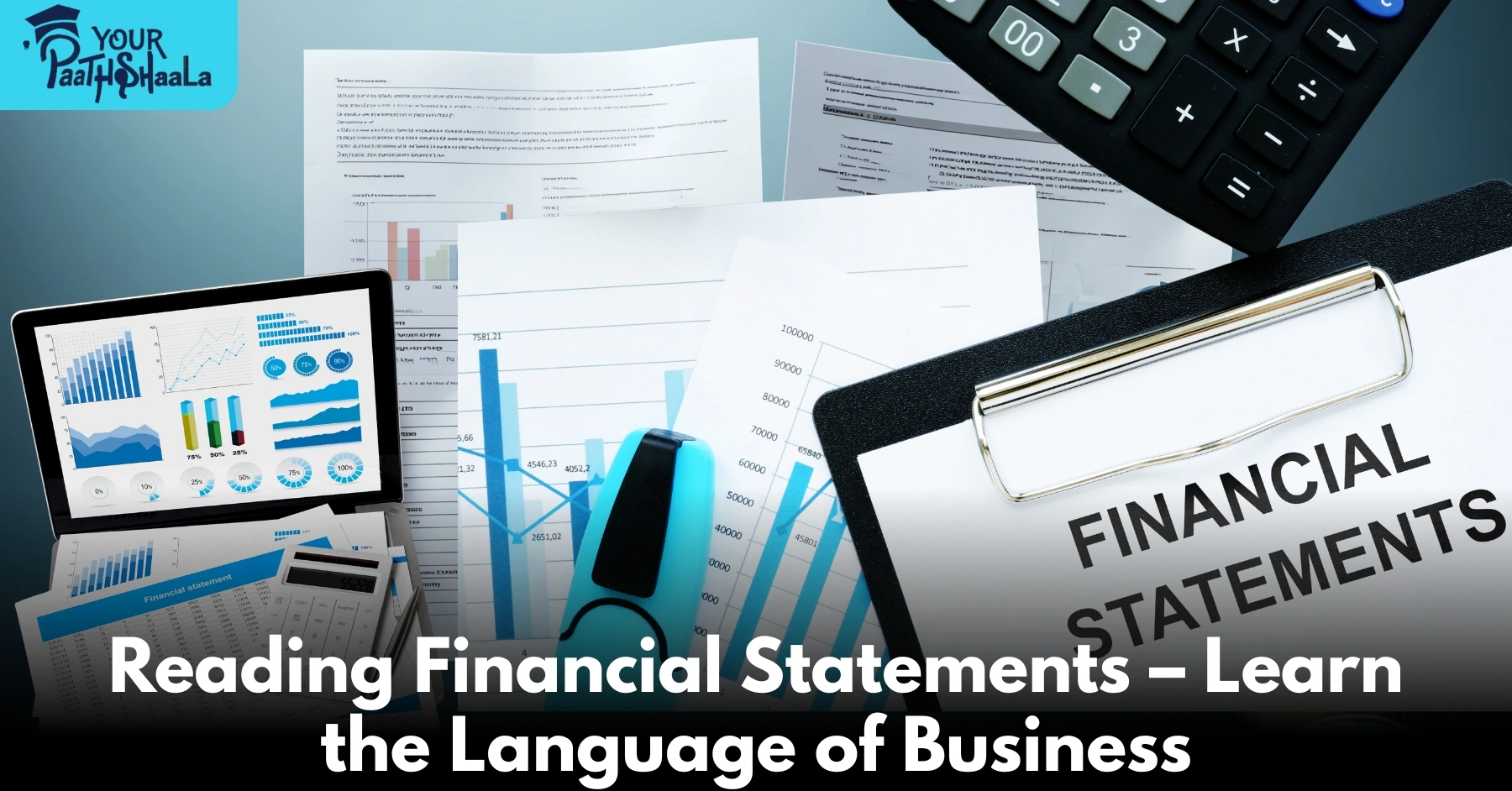
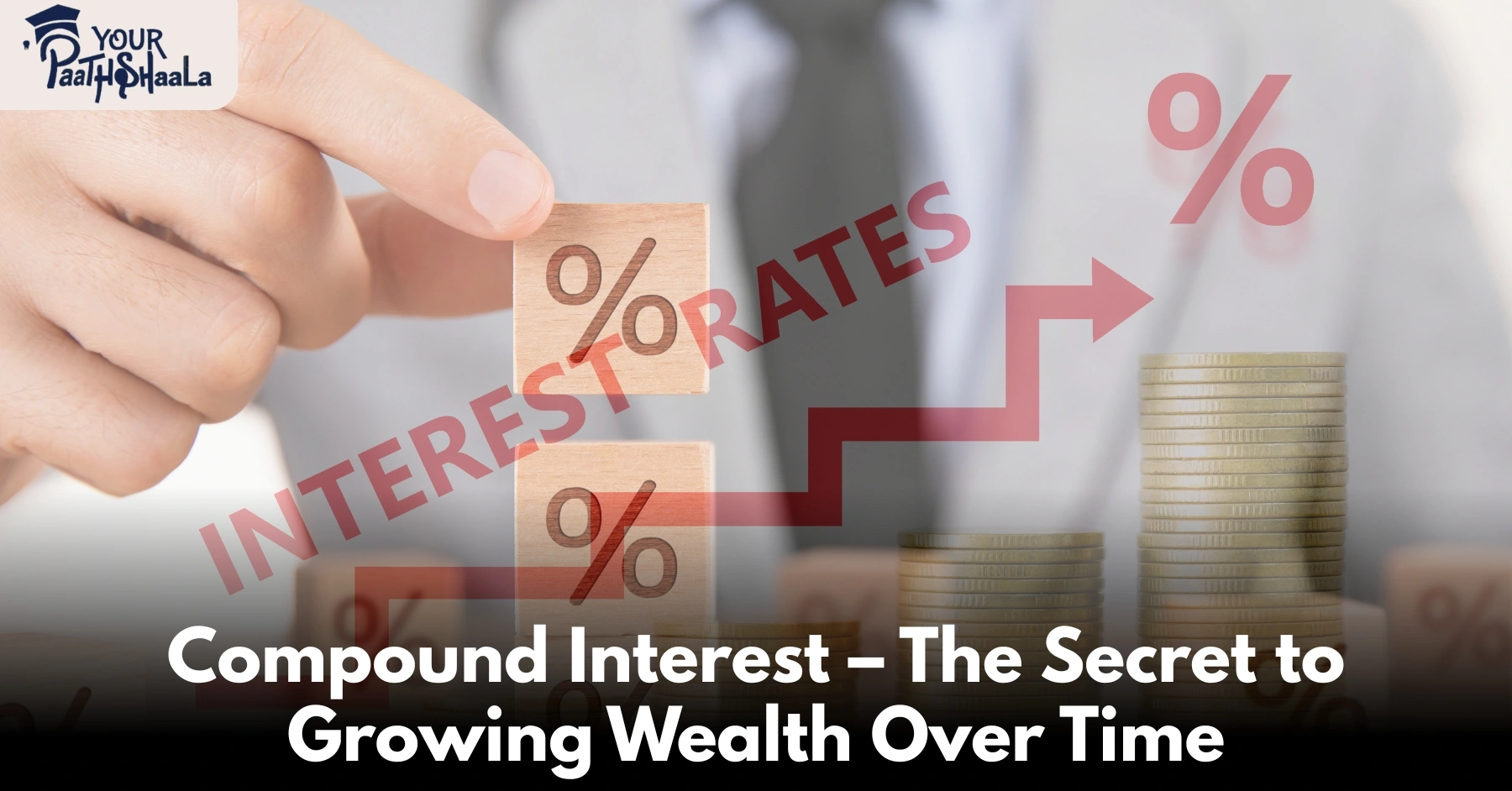
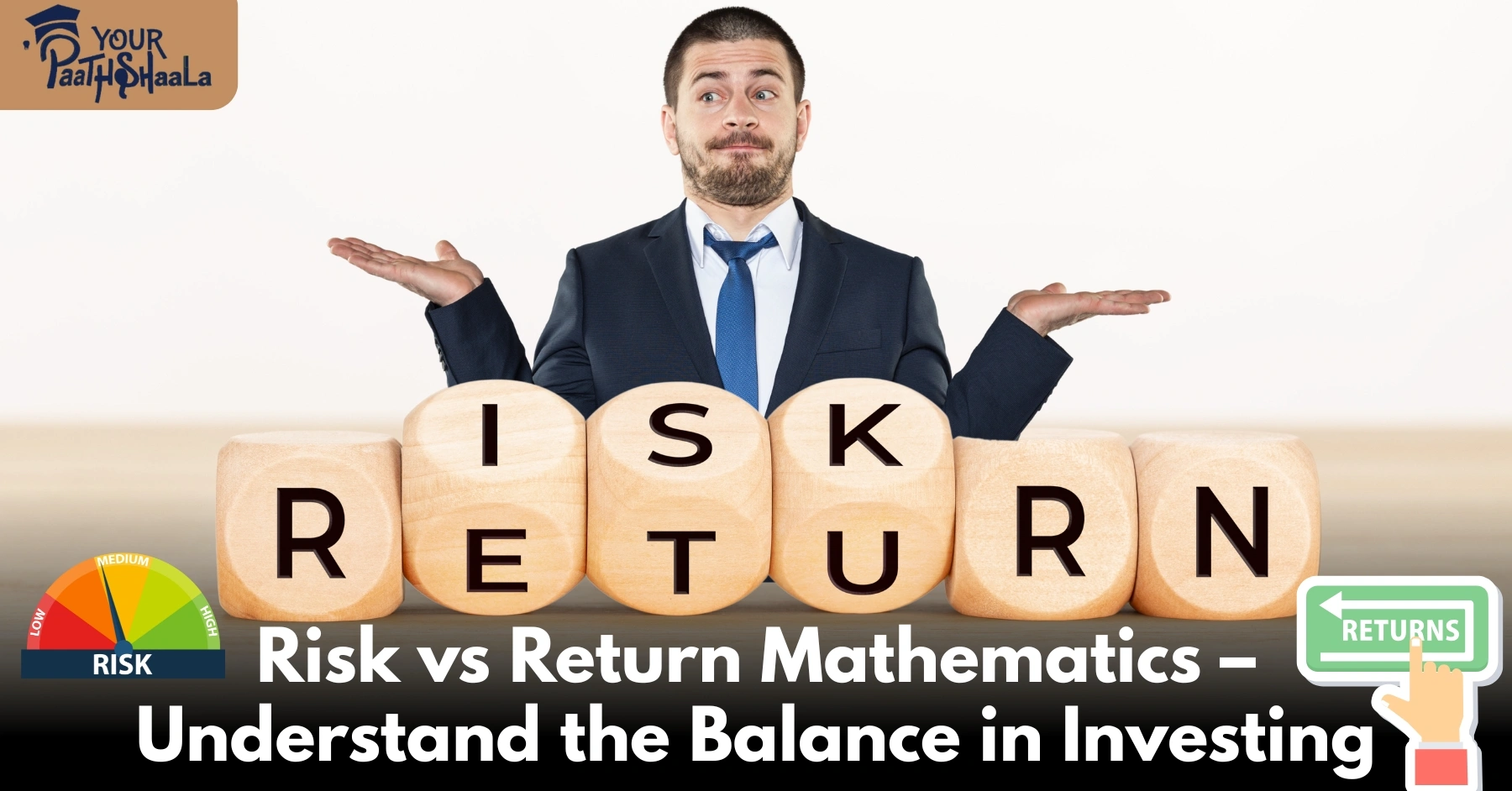
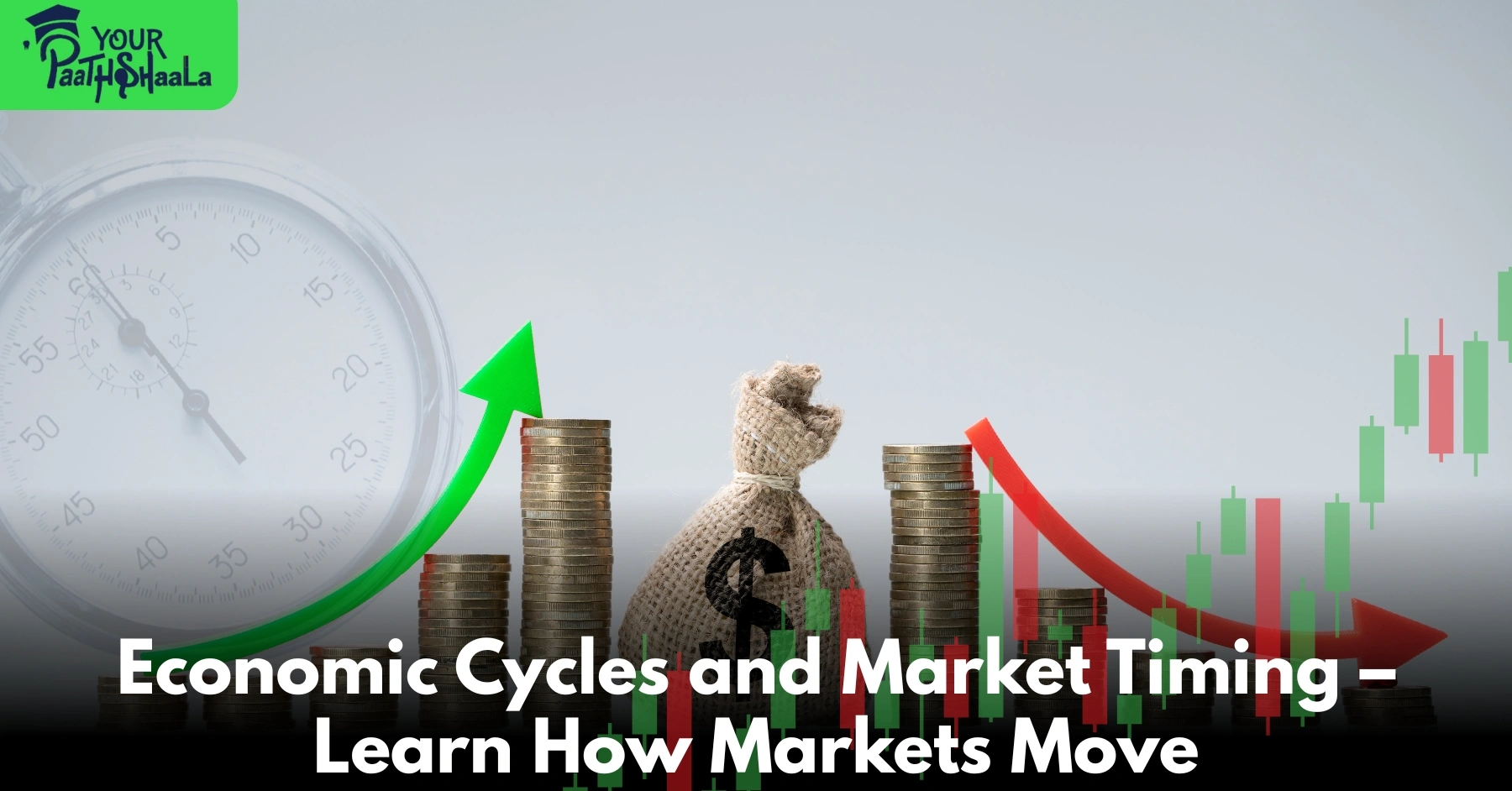



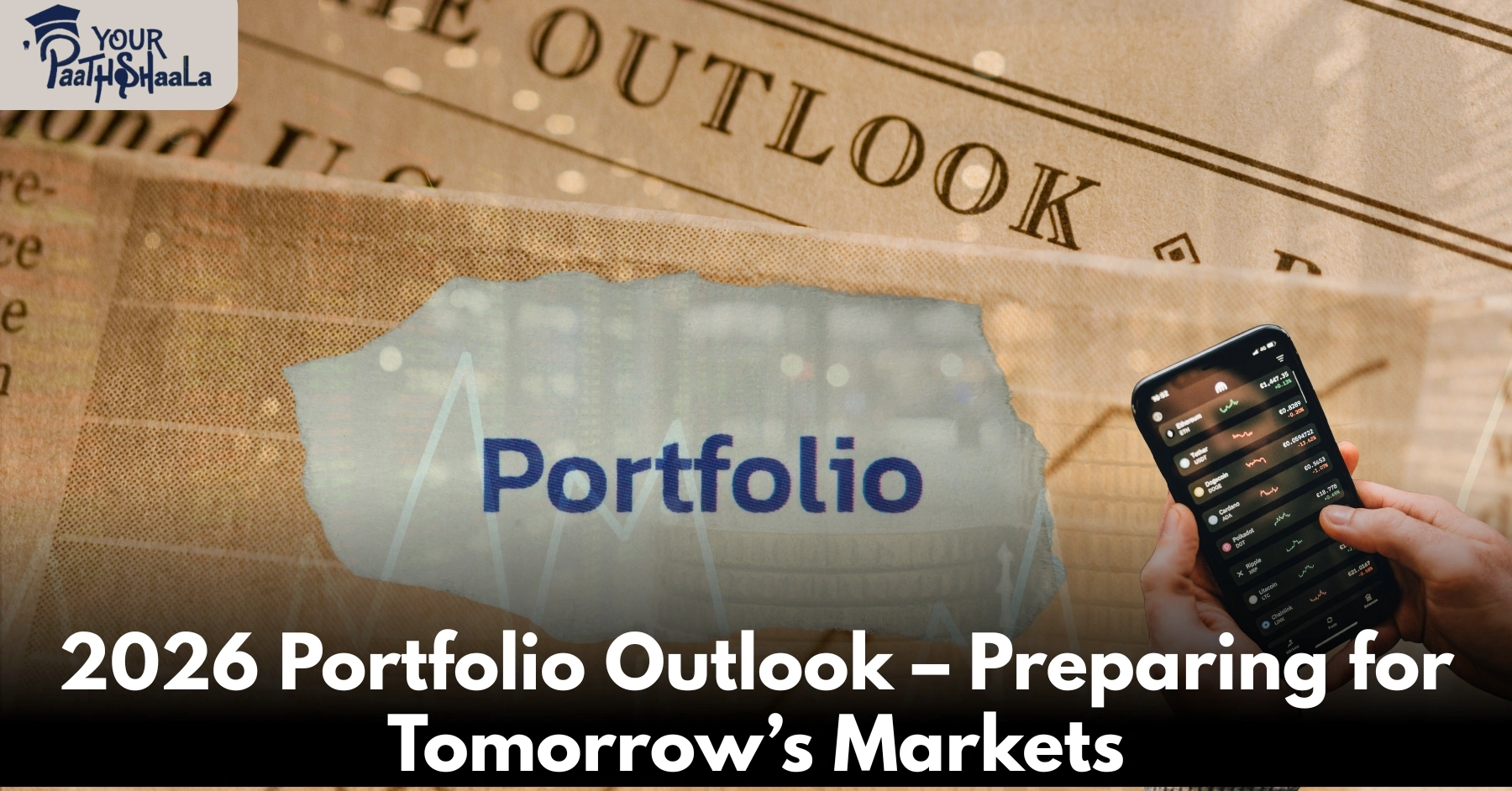
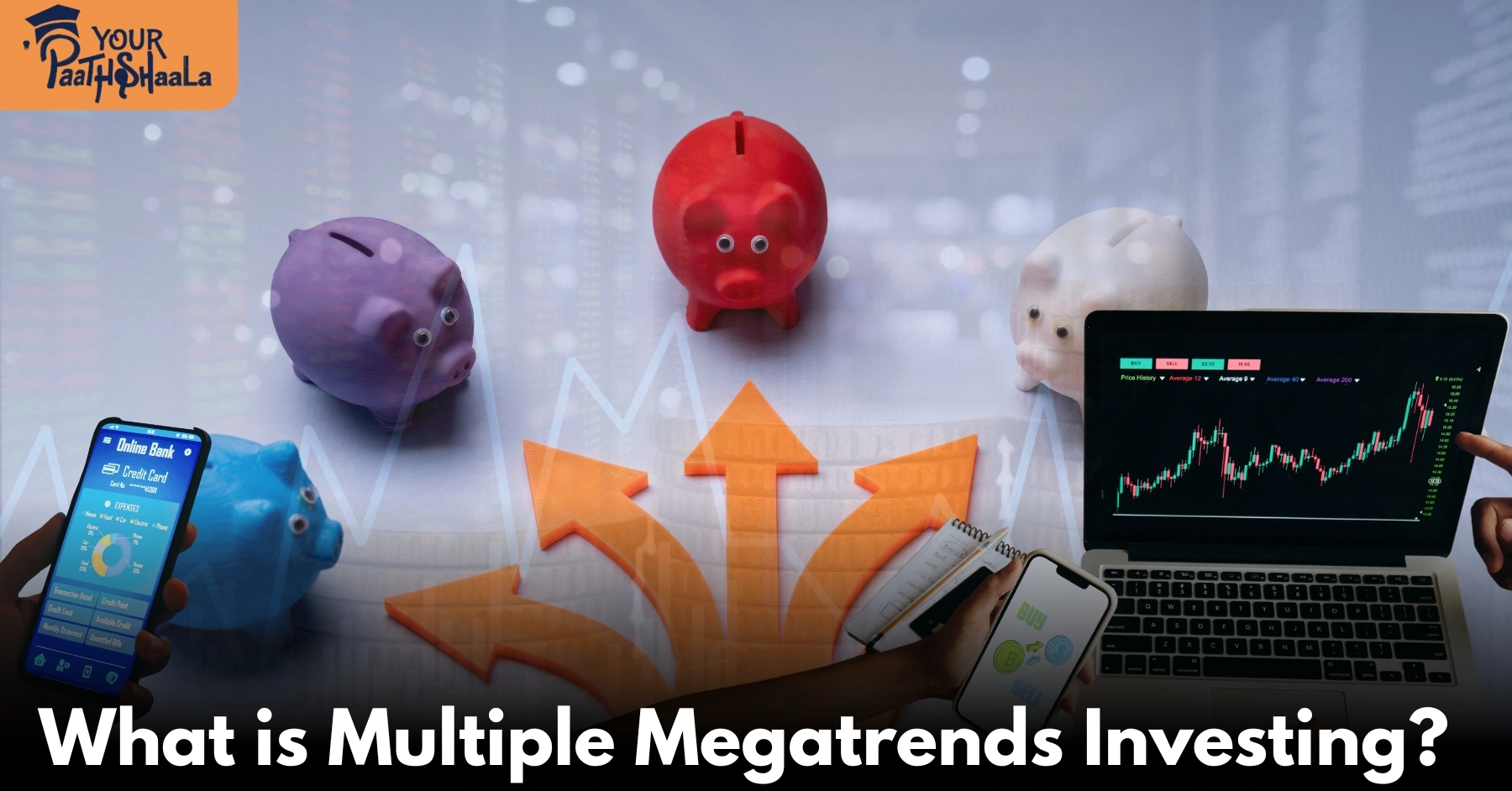
Add a Comment